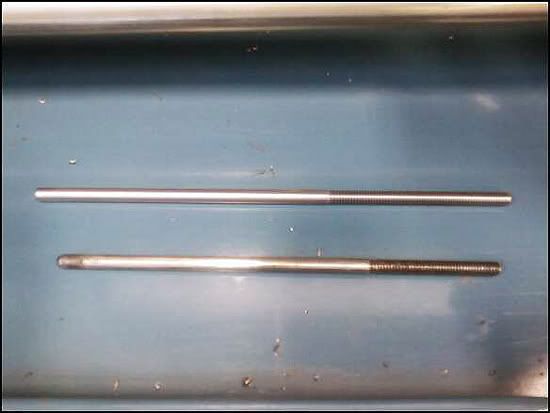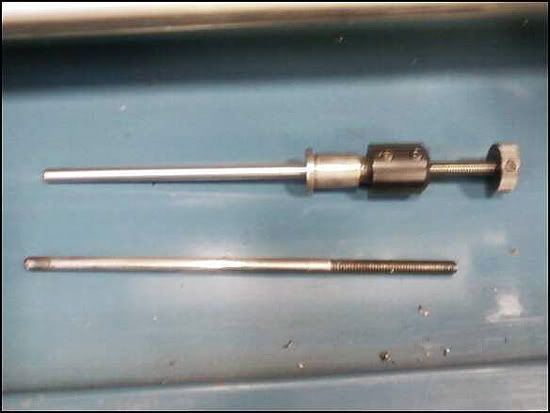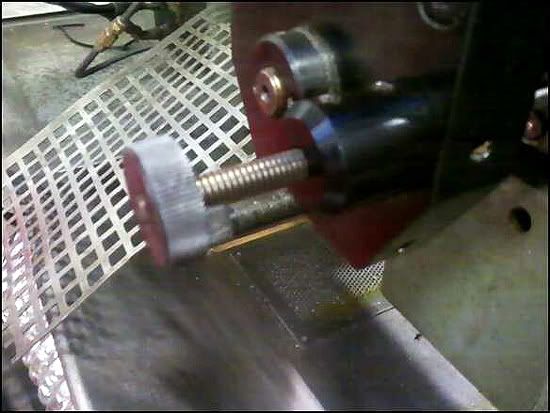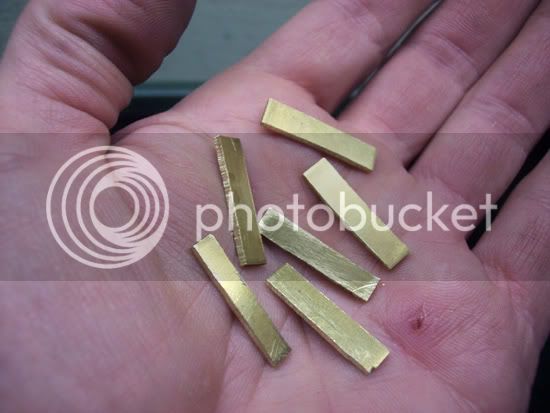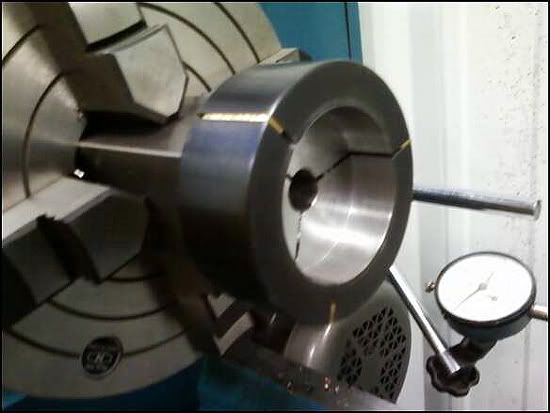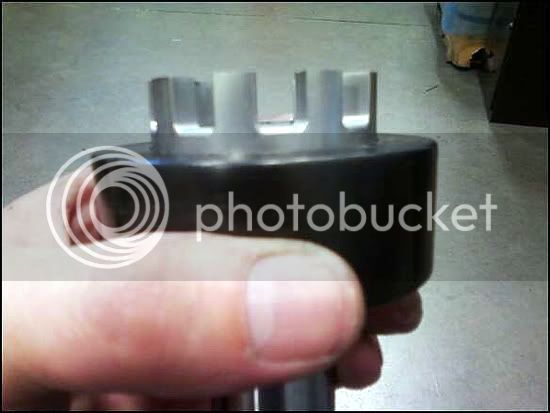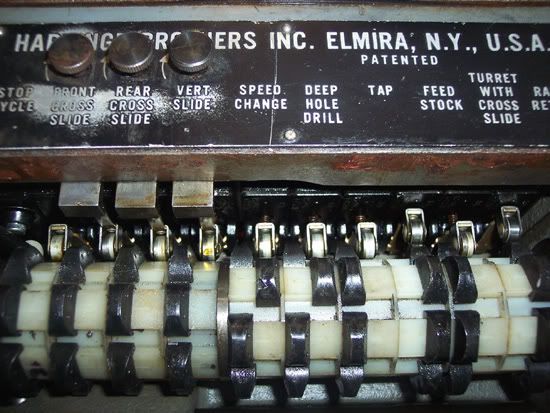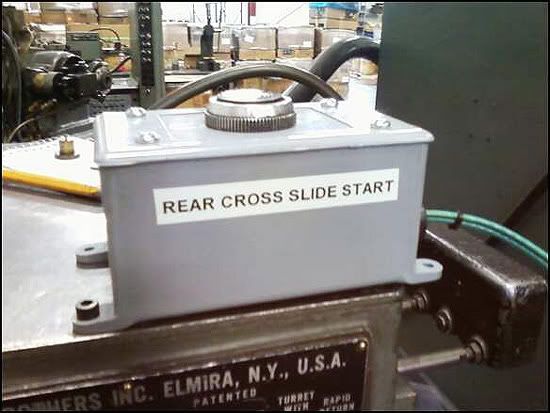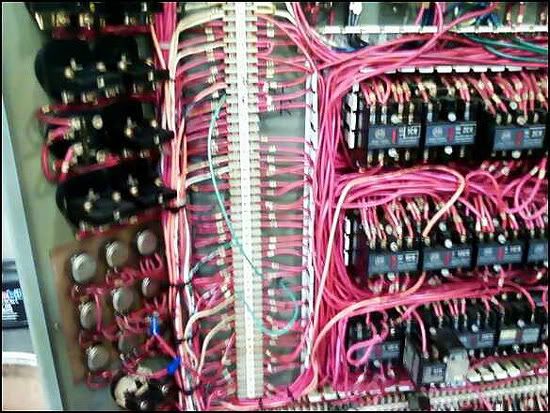rake60
Well-Known Member
- Joined
- Jul 8, 2007
- Messages
- 4,756
- Reaction score
- 124
I was asked today if I could machine some 3" face 5C collets at work to try a new application at work.
I told them I could, but have never really done that before.
I have a 5C collet block.
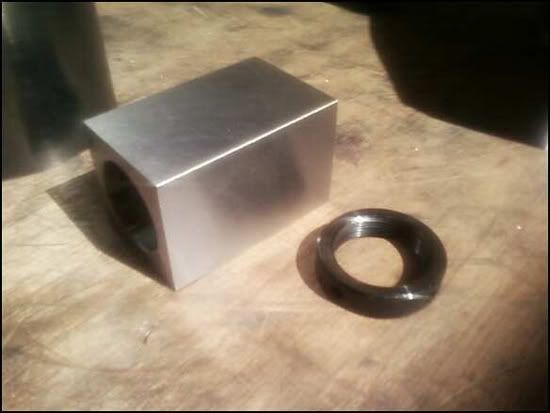
This is an already machined 2" face collet in the block.
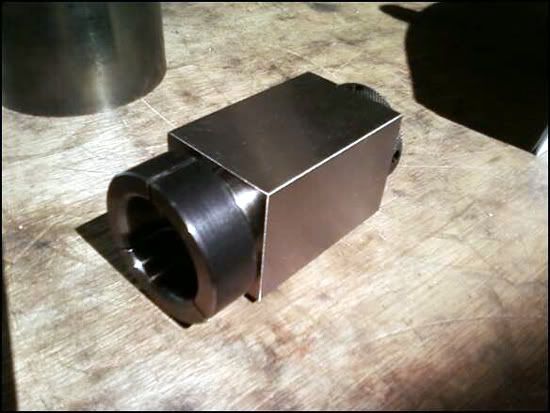
The import collets we buy do not come with pins so I will need to shim the split lines before tightening
the new collets in the block. That block will just catch corners on the face of the 4 jaw chuck for the lathe.
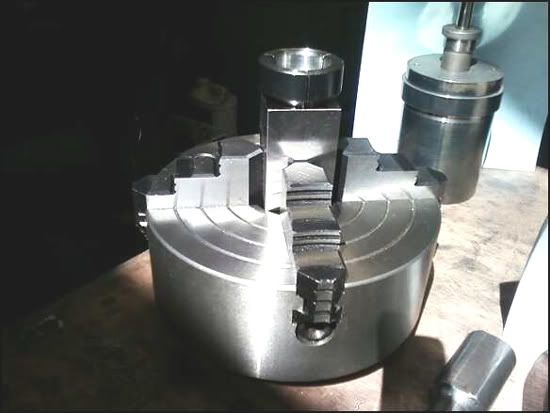
I need to bore them for a 2.020" fit about 5/8" deep.
Any suggestions or tips?
Rick
I told them I could, but have never really done that before.
I have a 5C collet block.

This is an already machined 2" face collet in the block.

The import collets we buy do not come with pins so I will need to shim the split lines before tightening
the new collets in the block. That block will just catch corners on the face of the 4 jaw chuck for the lathe.

I need to bore them for a 2.020" fit about 5/8" deep.
Any suggestions or tips?
Rick





